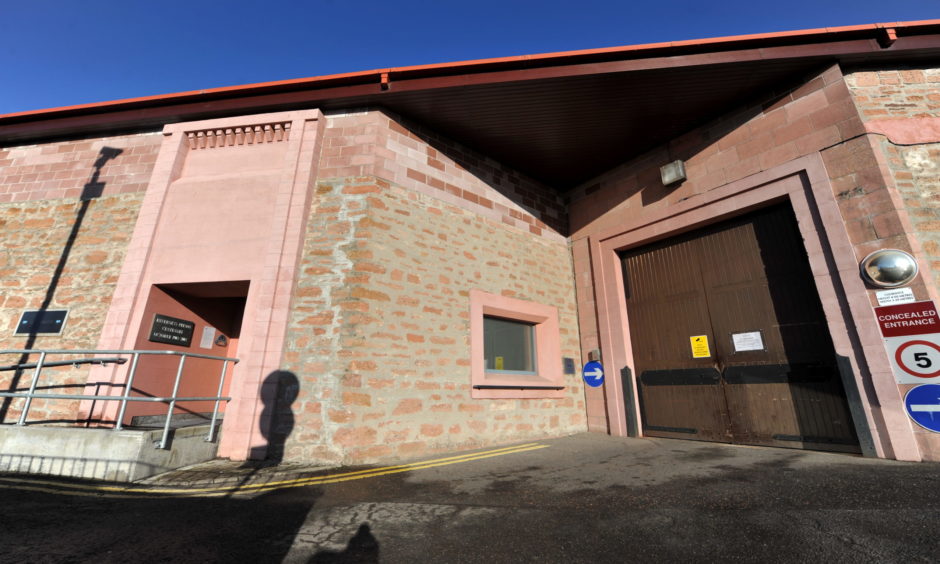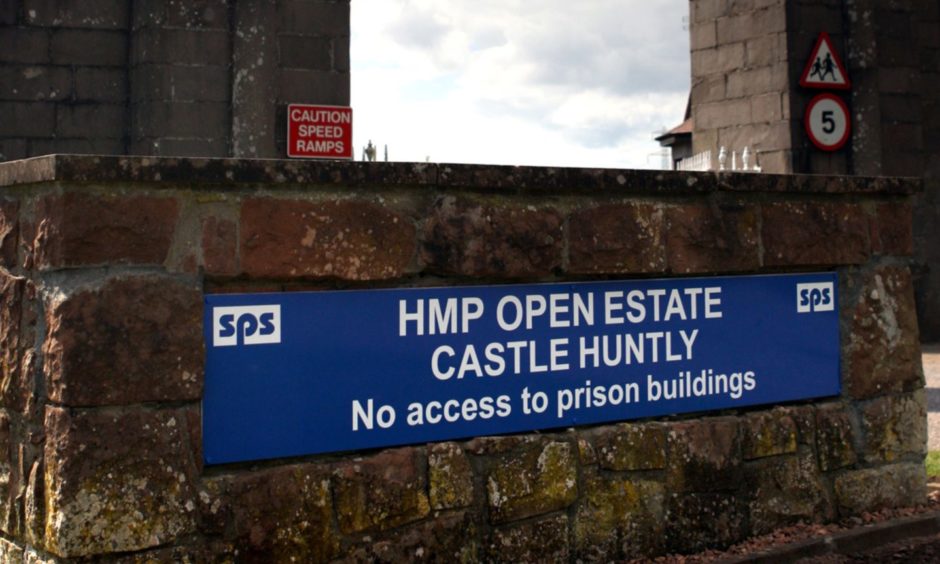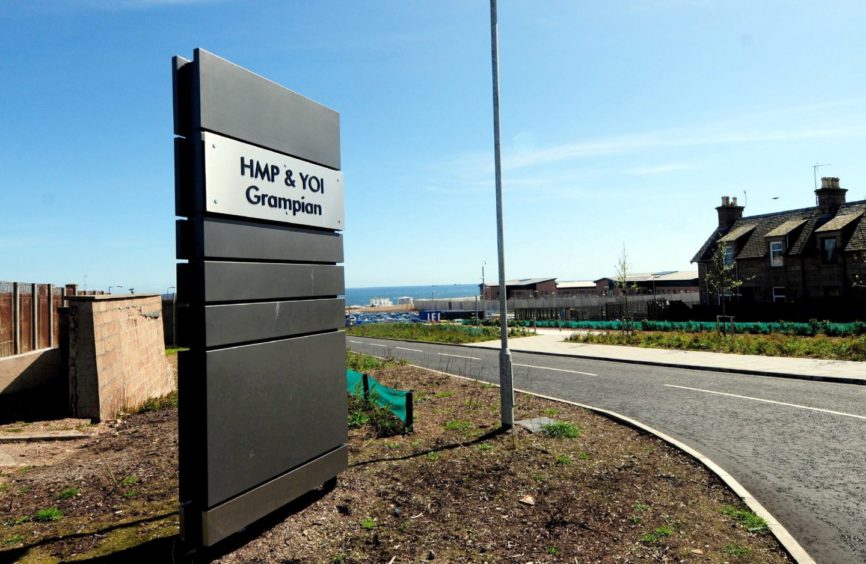The coronavirus outbreak created a “paradigm shift” in Scotland’s prisons, inspectors have said.
In its annual report on the state of the country’s jails, HM Inspectorate of Prisons for Scotland notes 7,000 prisoners were released as part of measures to reduce the impact on a “vulnerable population”.
Scotland has one of the highest incarceration rates in Europe and inspectors warn of overcrowding once the backlog in Scottish courts has cleared, with many prisoners having to share space meant for sole occupants.
The average daily population in Scotland’s prisons rose from 7,464 in 2017-18 to 8,195 in 2019/20.
A total of 17,294 people experienced imprisonment for all or part of 2019/20, representing a fall of around 15% since 2010/11, when the figure was 20,407.
HMP Inverness needs to be replaced
Plans to replace Victorian-era HMP Inverness, as well as Barlinnie and Greenock, must not be delayed, inspectors warned.
Long delays have plagued the replacement of the current prison, which would replace the 1902-built Porterfield site, which has a capacity of 103 prisoners but houses an average of 116, according to the latest report.
Costs have soared on the proposed construction and the opening date has been pushed back to 2024.
Chief inspector Wendy Sinclair-Gieben said: “In a 21st Century justice system, Victorian prisons are costly to run and no longer fit-for-purpose, with cramped cellular accommodation designed for one but holding two, a lack of accessible cells and steep narrow stairwells unsuitable for older or more infirm prisoners.
“These grim realities mean the Scottish Government and the SPS must expedite their replacement.”
Substance abuse a ‘problem’
At HMP Open Estate (Castle Huntly), inspectors noted substance and drug misuse was seen as “problematic” at the establishment in the first half of the reporting period, but efforts were ongoing by NHS and Scottish Prison Service (SPS) staff to mitigate the issue.
A “new admissions” wing for prisoners more likely to be impacted by drug abuse in prison had resulted in a reduction in the numbers of those being found under the influence, the report notes, but not by how many.
Perth’s rising population
Inspectors said there were growing concerns, ahead of the mass coronavirus release, over the expanding population at HMP Perth.
They note officers were courteous to prisoners when concerns were raised about the number inside the estate, but there was still a great demand on services.
The report added: ” While the population has fallen dramatically in the wake of the Covid-19 pandemic, it is anticipated that the population will start to rise again when lockdown restrictions are eased and court activity resumes.”
Visiting restrictions used as ‘last resort’
Inspectors looked into complaints received from prisoners at HMP and YOI Grampian that visiting times were being withdrawn as “punishment” to those incarcerated.
Inspectors were told this practice was only used as a last resort in cases where individuals’ conduct may compromise the safety of others, which they deemed to be “fair”.
Prisoner suicide
Figures released by the Scottish Prison Service (SPS) show more than half of those who committed suicide while in custody are on remand and have not been convicted.
Since 2009, 264 people have died while in prisons – at least 75 of those to suicide.
Despite making up less than 19% of the prison population, those on remand found dead in custody accounted for more than 15% of the total recorded deaths in estates since 2009 and 53.3% of the total number of suicides in prison were by those on remand.
In her inspection, Ms Sinclair-Gieben noted the introduction of “safe cells” still had to be fully introduced.
She said: “The definition of a safer cell has still to be defined following the launch of the SPS Suicide and Prevention Strategy – Talk to Me in December 2016, and the subsequent revisions in 2018, and we would urge the SPS to introduce a safer cell definition to assist establishments to provide the best care for those in crisis.
“The SPS should consider making access to media in a safer cell a default position and only remove it if it is considered by staff to be detrimental to someone’s mental health.”
She continued: “I continue to be hugely impressed by the commitment of staff and their ability to care for and protect prisoners, a substantial proportion of whom are vulnerable.
“I have seen or heard many examples of staff engaging constructively with prisoners to support them through their court appearance, their time in prison, and preparation for return to the community.
“I have also heard of the compassion and care shown by staff in responding to emergencies such as suspected drug overdoses or self-harm. These are unsung heroes.”
Government proud of how prisons are operating
A Scottish Government spokesperson said: “We welcome HM Chief Inspector of Prisons for Scotland’s annual report, which recognises our prisons are generally well run and stable and as a country we can take pride in how our prisons are operating.
“This is thanks in large part to the hard work and dedication of prison staff who have forged positive relationships with prisoners and who report feeling safe.
“We continue to monitor the prison population and are actively considering what further action is required to both reduce the use of imprisonment and maintain a lower prison population.
“Prior to the pandemic, we took a number of steps to help increase the use of community-based interventions, which are often a more effective and appropriate way of dealing with offending behaviour, and to reduce the use of imprisonment.”




